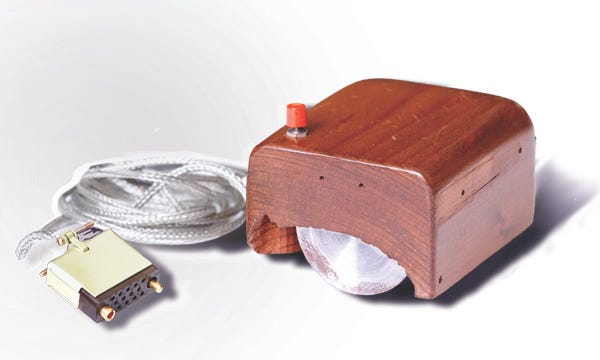Today in 1970, Douglas Engelbart received a patent for his invention of the first computer mouse.
In a 2012 interview, Engelbart said
The actual invention of the mouse was the result of analyzing the various characteristics of other pointing/input devices. Much as the Periodic Table of the Elements has characteristics which define groups along rows and columns, we laid out a grid of existing devices. And just as the periodic table’s rules have led to the discovery of certain previously unknown elements, this grid ultimately defined the desirable characteristics of a device that didn’t exist. That device was the mouse… the hardware design was done by a fellow named Bill English… Later on, we were joined by Jeff Rulifson, who made a big difference, really a step function improvement, in the quality of the software involved.
The original mouse had the cord in front, but we quickly moved it to the back end to get it out of the way. It was a simple mechanical device with two perpendicularly mounted discs on the bottom. You could tilt or rock the mouse to draw perfectly straight horizontal or vertical lines. Or you could give the mouse a push and lift it off the desk, and watch the cursor continue moving while the disc was spinning.
It just looked like a mouse with a tail, and we all called it that in the lab.
SRI patented it, but they really had no idea of its value. Some years later I learned that they had licensed it to Apple for something like $40,000.



